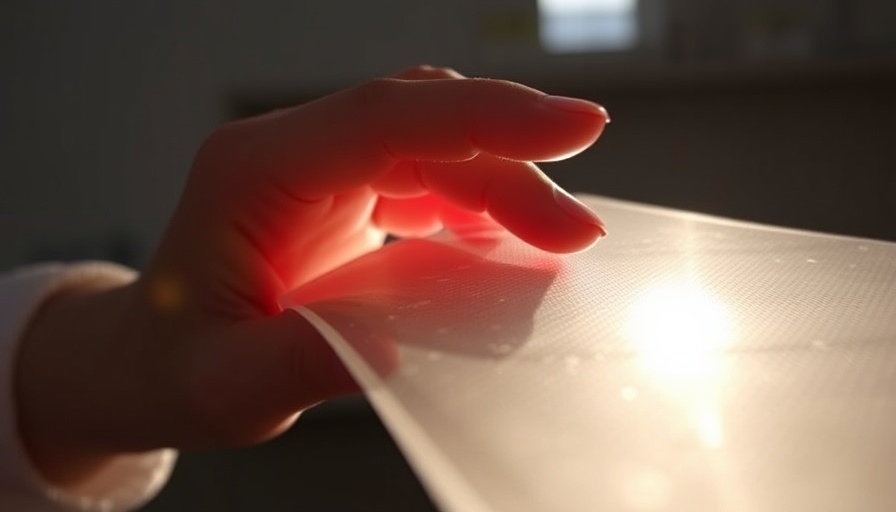
Innovative Solar Solutions: The Future of HelioSkin
In an exciting fusion of biology and technology, researchers at Cornell University have pioneered a revolutionary flexible solar material named HelioSkin. Led by designer Jenny Sabin and supported by the National Science Foundation's Convergence Accelerator program, HelioSkin integrates sun-tracking capabilities inspired by the natural movement of sunflowers—a process scientifically known as heliotropism. This innovative approach to solar power not only promises efficiency but also paves the way for a more aesthetically pleasing energy solution.
Embracing Nature for Enhanced Efficiency
At the heart of HelioSkin's design lies a two-layered structure: a tensile fabric underlayer, complemented by a bio-inspired mechanical layer embedded with photovoltaics. These solar cells are engineered to respond dynamically to sunlight, much like sunflowers that turn their heads to follow the sun’s journey across the sky. Researcher Adrienne Roeder emphasizes that "tracking the light is really efficient... it enhances their growth to be able to track the light, and so we want to capture that for solar cells." This optimization could significantly increase energy yield, settling HelioSkin as a revolutionary product for both residential and commercial applications.
From Concept to Community: Testing HelioSkin in Action
The team at Cornell is set to conduct a three-year pilot project to assess HelioSkin’s practicality, beginning with the deployment of the material as a backyard canopy. This initial testing phase aims to explore its ability to not only provide shade but also potentially power outdoor appliances. Demonstrating functionality in typical home settings is a crucial step towards broader applications, such as retractable roofs over stadiums or even the façades of skyscrapers.
Aesthetic Appeal: Changing Perceptions of Solar Power
One of the major hurdles in the adoption of solar technology is the perception that traditional photovoltaic panels are often unattractive. Sabin and her team aim to change that narrative with HelioSkin. They understand that sustainability should not just be about performance; it should also embrace beauty, inspiring homeowners and businesses to invest in solar technology. As Sabin notes, "Sustainability is about performance and function, but equally, it's about beauty… to inspire widespread adoption of solar for societal impact."
Looking Ahead: The Potential of Solar Infrastructure
As energy consumption continues to rise, the need for innovative and sustainable solutions becomes ever more urgent. The HelioSkin material signifies a significant step forward in the quest for cleaner energy sources that cater to both practical and aesthetic requirements. Other notable projects, such as Dyaqua’s solar panels mimicking clay tiles and a photovoltaic pavilion resembling a tall beach chair by Marjan van Aubel Studio, reflect a shared vision where solar technology can integrate beautifully within urban and residential environments.
Get Involved: Stand at the Forefront of Sustainable Living
With exciting advancements like HelioSkin underway, the time is ripe for homeowners and business owners to embrace the benefits of solar energy. Exploring these innovative materials can unlock new possibilities for making our spaces not only more sustainable but beautifully functional as well. Consider investing in solar solutions that not only fulfill energy needs but also elevate the aesthetic appeal of your environment.
 Add Row
Add Row  Add
Add 




Write A Comment